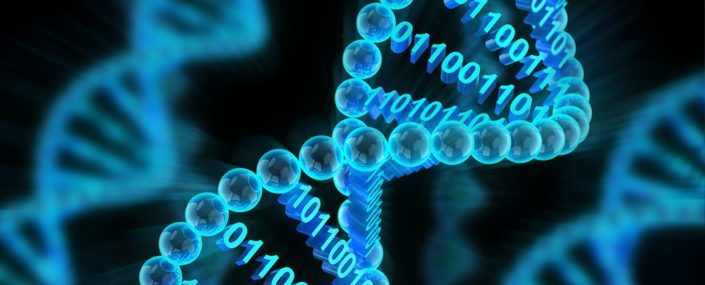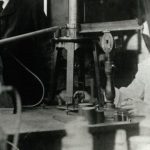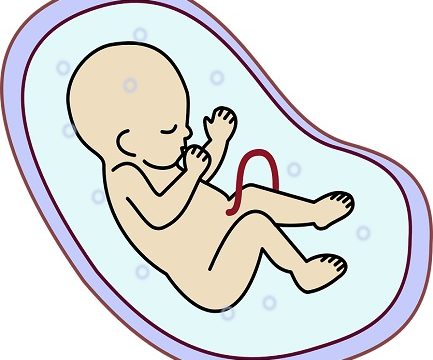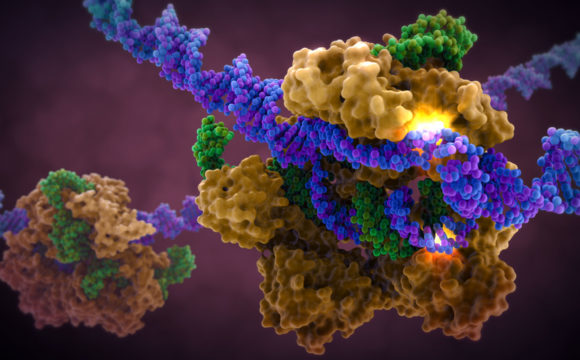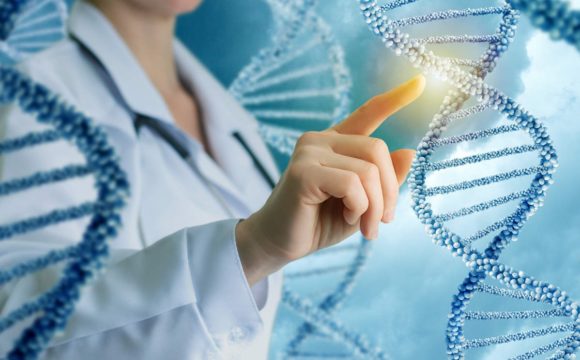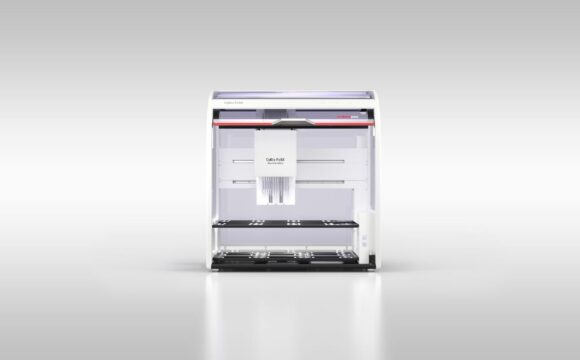One of the major advantages of the massive development in computational technology is the development of devices that could store information (or data), quite a lot it and for a very long period of time. These began, first with floppy disks after which CDs and DVDs gained popularity and then came the pen drive and micro chips. The size keeps getting smaller while the information it can store keeps getting larger. Given that the massive volume of data generated by humans from the corporate, academic, and governmental realms there is a constant desire to come up with newer ways of storing Data. And now Biologists have also got something to offer in this arena.
A team of scientists at Harvard led by George Church has managed to insert an animated image or GIF (Graphics Interchange Format) into the genome of a bacteria namely Escherichia coli. The technology for achieving such genetic storage was CRISPR (Cas1–Cas2 integrase system) and by converting the individual pixels of each image into nucleotides ( G, T, C, and A,) a synthetic DNA was created. The CRISPR system was used to encode pixel values of black and white images and a short movie was then injected into the bacterial cells. The image was delivered in the form of five frames. After certain rounds of bacterial multiplications, the image was retrieved by sequencing the bacterial DNA. The results were 90 percent accurate as per the reading of the pixel nucleotide code.

(Source: The Guardian)
The image that was regenerated in these experiments is no ordinary picture. It was an image of a Horse and a Jockey taken by famous English photographer Eadweard Muybridge, a man known for producing the very first stop-motion photographs back in the 1870s. Amongst other things this image became a classic for it provided an answer to the classical question ‘do all four hooves of a racehorse ever leave the floor at once?’
The image generated was only 36 by 26 pixels in size which is no doubt pretty small but deserves recognition as information storage in DNA is an intriguing and as of now a rather unexplored area of research. Another prospect is that these experiments could also be performed in living cells. The pros for it will be that some variations of bacteria are highly resistant to extreme conditions like high temperatures and radiations easing the process of storing data in bacteria (bacteria data storage). The cons, however, will be that the living cells move, divide, change forms, acquire contamination and die off repeatedly, all of which adds to the challenges in experimentation and retrieval of data.
Although this research is rather new in future it may be used to store and record processes like molecular events in say neurogenesis or cell’s evolution. These cells will be called as “living sensors” according to Church.
“What we really want to make are cells that encode biological or environmental information about what’s going on within them and around them,” said a team member (businessinsider.com).
With these possibilities, the future of the information age seems very bright.
Reference:
Seth L. Shipman, Jeff Nivala, Jeffrey D. Macklis and George M. Church CRISPR–Cas encoding of a digital movie into the genomes of a population of living bacteria Nature 12 July 2017



